Home>diy>Building & Construction>How To Track Tools In Construction
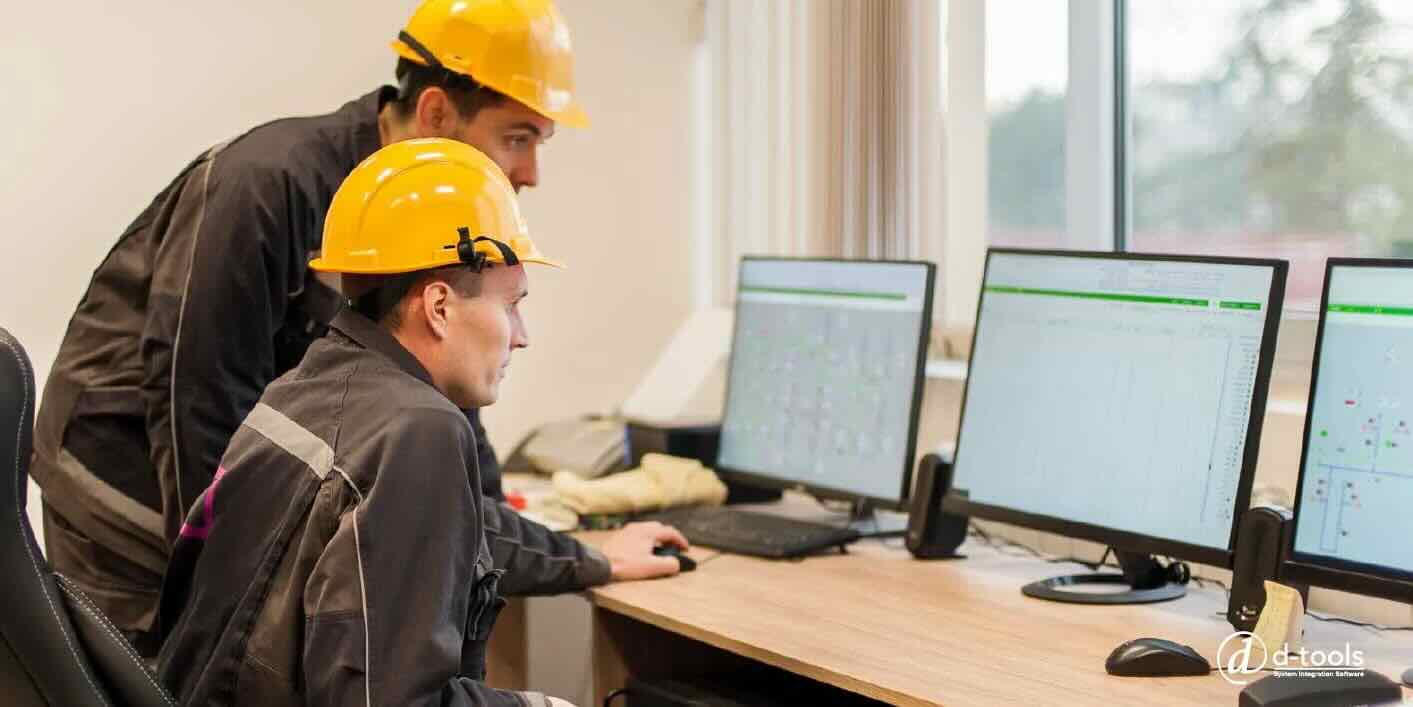

Building & Construction
How To Track Tools In Construction
Modified: December 7, 2023
Learn how to effectively track your tools in the building construction industry and ensure you never lose valuable equipment again. From inventory management to asset tracking, discover the best strategies to streamline your construction operations.
(Many of the links in this article redirect to a specific reviewed product. Your purchase of these products through affiliate links helps to generate commission for Storables.com, at no extra cost. Learn more)
Introduction
When it comes to the construction industry, keeping track of tools and equipment is of utmost importance. Tools are the lifeline of any construction project, and their efficient management can greatly impact productivity and profitability. However, with numerous tools being used on-site and the constant movement of equipment, it can be challenging to effectively track and manage them.
In this article, we will explore the importance of tracking tools in construction and discuss the common challenges faced in maintaining an efficient tool inventory. We will provide insights into choosing the right tool tracking system and offer best practices for its implementation. By the end, you will understand the benefits of using a tool tracking system and how it can streamline your construction operations.
Key Takeaways:
- Efficient tool tracking in construction is crucial for asset protection, cost management, resource allocation, safety compliance, and project planning, ultimately leading to organizational efficiency and project success.
- Overcoming challenges in tool tracking requires implementing a comprehensive system, leveraging technology solutions, and following best practices to ensure seamless transition, successful adoption, and ongoing efficiency.
Read more: How To Track Home Repairs
Importance of Tracking Tools in Construction
Effective tool tracking plays a crucial role in the smooth functioning of construction projects. Here are a few reasons why it is important:
- Asset Protection: Tools and equipment are valuable assets that need to be protected. By tracking them, you can reduce the risk of theft or loss. A comprehensive tool tracking system allows you to monitor the location and usage of each tool, ensuring accountability among your construction team.
- Cost Management: Construction projects involve significant investments in tools and equipment. By accurately tracking their usage and maintenance, you can make informed decisions regarding repairs, replacements, or upgrades. This helps in optimizing costs and ensuring that tools are utilized effectively throughout the project lifespan.
- Efficient Resource Allocation: Tracking tools enables you to allocate resources efficiently. With real-time information on tool availability, you can avoid delays and downtime caused by missing or misplaced tools. This improves productivity, prevents unnecessary expenses, and ensures that tasks are completed on schedule.
- Compliance and Safety: Construction sites need to adhere to specific safety regulations. Tracking tools helps in ensuring compliance by monitoring inspection dates, maintenance records, and expiration dates of safety equipment. This reduces the risk of accidents, enhances worker safety, and helps avoid costly legal penalties.
- Project Planning and Scheduling: Accurate tool tracking enables effective project planning and scheduling. By having a clear overview of available tools and their conditions, you can allocate resources based on the project’s requirements. This promotes efficient workflow and prevents delays resulting from tool shortages or breakdowns.
Overall, tracking tools in construction is essential for maintaining organizational efficiency, safeguarding valuable assets, controlling costs, ensuring safety, and optimizing project timelines. It empowers construction companies with the necessary information to make well-informed decisions and increases the chances of project success.
Common Challenges in Tracking Tools
Despite the importance of tracking tools in construction, there are several challenges that construction companies face in this process. Understanding these challenges can help in developing effective strategies to overcome them. Here are some of the common challenges:
- Misplacement and Loss: Tools are often moved between different job sites or shared among various teams, increasing the likelihood of misplacement and loss. Without a proper tracking system in place, it can be difficult to locate missing tools, resulting in delays and additional costs.
- Lack of Accountability: Due to the fast-paced nature of construction projects, it can be challenging to ensure accountability when it comes to tool usage and maintenance. Without a centralized system, it becomes difficult to track who had possession of a particular tool and when it was last used.
- Poor Maintenance: Tools require regular maintenance to ensure their optimal performance and longevity. However, without proper tracking, it can be easy to overlook maintenance schedules or forget to address repairs and replacements. This can lead to tools deteriorating quickly and impacting productivity.
- Manual Processes: Many construction companies still rely on manual processes, such as paper-based logs or spreadsheets, to track tools. This manual approach is prone to errors, time-consuming, and lacks real-time visibility. It becomes challenging to maintain an accurate and up-to-date inventory, leading to inefficiencies in tool management.
- Communication Gaps: Communication gaps between teams can result in tools being misplaced or misused. When there is no clear system for team members to communicate tool transfers or updates, it can lead to confusion and delays. This lack of communication hampers efficient tool tracking and management.
To overcome these challenges, construction companies need to implement a comprehensive tool tracking system that automates the process and ensures real-time visibility. By leveraging technology solutions, such as barcode scanning, GPS tracking, or cloud-based software, companies can streamline their tool inventory management and overcome the common challenges associated with tracking tools.
Choosing the Right Tool Tracking System
When it comes to selecting a tool tracking system for your construction company, it’s important to consider a few key factors to ensure its effectiveness. Here are some points to keep in mind while choosing the right tool tracking system:
- Scalability: Look for a tool tracking system that can accommodate the size and growth of your construction operations. Consider whether the system is scalable to handle an expanding inventory of tools and the ability to support multiple job sites or teams.
- Customization: Every construction company has unique tool tracking needs. Choose a system that allows for customization to match your specific requirements. This may include the ability to add custom data fields, create unique identifiers, or integrate with existing software and systems.
- Mobile Accessibility: Mobile accessibility is crucial for on-site tool tracking. Ensure that the tool tracking system you choose has a mobile app or a responsive web interface that allows field technicians and project managers to access and update tool information in real-time.
- Barcode or RFID Integration: Barcode or RFID integration simplifies the process of tracking tools. Look for a system that supports barcode or RFID scanning, enabling easy identification and tracking of tools as they move through different locations or hands.
- Reporting and Analytics: A robust tool tracking system should provide detailed reporting and analytics capabilities. This allows you to gain insights into tool usage, maintenance schedules, and overall equipment efficiency. The system should generate reports on tool inventory, check-in/check-out history, maintenance records, and other relevant metrics.
- Integration with Other Systems: Consider whether the tool tracking system can integrate with other systems you use, such as asset management software, project management tools, or accounting software. Seamless integration streamlines data flow across different platforms, reducing manual data entry and improving overall efficiency.
- User-Friendly Interface: The tool tracking system should have an intuitive and user-friendly interface. This ensures that your team can easily learn and navigate the system, reducing the learning curve and improving user adoption.
Before finalizing a tool tracking system, consider conducting a trial or demo to assess its usability, features, and compatibility with your current operations. By carefully evaluating these factors, you can choose a tool tracking system that best fits your construction company’s needs and maximizes the efficiency of your tool management processes.
Use a tool tracking system with barcode or RFID technology to easily keep track of tools on a construction site. This will help prevent loss and improve efficiency.
Implementing a Tool Tracking System
Implementing a tool tracking system requires careful planning and execution to ensure a seamless transition and successful adoption. Here are the steps to follow when implementing a tool tracking system in your construction company:
- Assess Current Processes: Begin by evaluating your current tool tracking processes and identifying any pain points or areas for improvement. This assessment will help you understand the specific needs and requirements for implementing a tool tracking system.
- Define Objectives: Clearly define your objectives for implementing a tool tracking system. Identify the goals you want to achieve, whether it’s reducing tool loss, improving accountability, streamlining maintenance, or enhancing overall efficiency.
- Select a System: Based on your evaluation and objectives, choose a tool tracking system that best meets your company’s needs and requirements. Consider the features, scalability, integration capabilities, and overall usability of the system.
- Train Your Team: Provide comprehensive training to your team members who will be using the tool tracking system. Ensure they understand how to use the system effectively, including data entry, scanning, reporting, and maintenance workflows. Offer ongoing support and resources to address any questions or challenges that may arise.
- Establish Standard Procedures: Develop standardized procedures for tool check-in/check-out, maintenance, and inventory management. Clearly communicate these procedures to your team and ensure they understand and adhere to them consistently. This will help maintain accuracy and consistency in tool tracking and management processes.
- Update Tool Database: Enter all your existing tools and equipment into the tool tracking system, including relevant details such as serial numbers, descriptions, and maintenance schedules. Ensure the database is accurate and up-to-date before implementing the system fully.
- Pilot Testing: Before rolling out the tool tracking system across your company, consider piloting it on a smaller scale or select projects. This allows you to test the system’s effectiveness and make any necessary adjustments or improvements based on real-world scenarios.
- Monitor and Evaluate: Once the tool tracking system is implemented, continuously monitor and evaluate its performance. Regularly review data and reports to identify any issues, trends, or opportunities for improvement. Gather feedback from your team and make adjustments as needed to optimize the system’s functionality.
Remember that implementing a tool tracking system is an ongoing process. Regularly assess its effectiveness, update procedures as necessary, and provide ongoing training and support to your team members. By doing so, you can ensure that the tool tracking system remains efficient and aligns with your construction company’s evolving needs.
Read also: 13 Best Construction Tools For 2025
Benefits of Using a Tool Tracking System
Implementing a tool tracking system in your construction company can bring numerous benefits to your operations and overall efficiency. Here are some of the key benefits of using a tool tracking system:
- Improved Accountability: A tool tracking system promotes accountability by creating a clear record of tool check-in/check-out and usage. It ensures that team members are responsible for the tools they use, reducing the likelihood of misplacement or loss.
- Reduced Tool Loss: By accurately tracking tools, you can significantly minimize the risk of tool loss or theft. The system provides visibility into tool locations, reducing the time and effort spent on searching for lost tools. This saves money on replacements and avoids project delays.
- Enhanced Maintenance Management: A tool tracking system simplifies maintenance management by providing reminders and alerts for scheduled maintenance tasks. It helps you stay on top of maintenance requirements, prolonging tool lifespan and ensuring optimal performance.
- Streamlined Inventory Control: With a tool tracking system, you have real-time visibility into your tool inventory. You can quickly identify which tools are available, in use, or in need of repair. This improves inventory control, prevents unnecessary tool purchases, and eliminates delays caused by tool shortages.
- Increased Productivity: Efficient tool tracking promotes productivity by reducing time spent searching for tools or waiting for replacements. It enables construction teams to quickly locate and access the tools they need, maximizing workflow efficiency and reducing downtime.
- Cost Savings: By effectively managing tool usage, maintenance, and inventory, a tool tracking system helps control costs. It prevents unnecessary tool purchases, reduces loss and theft, and ensures that tools are properly maintained, minimizing repair and replacement expenses.
- Improved Safety Compliance: A tool tracking system assists in maintaining safety compliance by providing visibility into safety equipment inspections and maintenance. It helps ensure that safety protocols are followed, mitigating the risk of accidents and potential legal liabilities.
- Data-Driven Decision Making: A tool tracking system generates comprehensive reports and analytics, providing valuable insights into tool usage trends, maintenance history, and overall equipment efficiency. This data enables informed decision-making, helping you optimize tool allocation and resource planning.
Overall, using a tool tracking system enhances accountability, reduces tool loss, streamlines inventory control, improves productivity, and saves costs. It also promotes safety compliance and empowers data-driven decision-making. By investing in a reliable tool tracking system, you can optimize your construction operations and achieve better project outcomes.
Best Practices for Tool Tracking
To ensure the effective implementation and utilization of a tool tracking system, it is important to follow best practices. Here are some recommendations for successful tool tracking:
- Consistent Data Entry: Establish a standardized approach for entering tool data into the tracking system. Ensure that all information, such as tool names, descriptions, serial numbers, and maintenance records, is consistently and accurately entered. This will ensure that the data is reliable and useful for future reference.
- Regular Audits: Conduct regular audits of your tool inventory to verify the accuracy of the tracking system against physical counts. This helps identify discrepancies and ensures that the system remains up-to-date. Schedule audits periodically or before and after major projects to maintain a reliable and accurate tool inventory.
- Assign Tool Responsibility: Assign specific individuals or teams responsible for each tool or equipment. Clearly record who is accountable for checking out, using, and maintaining each tool. This promotes accountability and establishes a chain of custody for each tool, reducing the risk of misplacement or loss.
- Utilize Barcodes or RFID Tags: Implement barcode or RFID tagging on tools and equipment. This allows for efficient scanning and tracking, making it easier to identify and locate specific items. It enhances accuracy and saves time in the tool check-in/check-out process.
- Enforce Check-In/Check-Out Procedures: Implement strict check-in/check-out procedures for tools. Require employees to sign tools in and out, recording the date, time, and purpose of use. This ensures a clear record of tool movement and promotes transparency and accountability.
- Maintain Regular Maintenance Schedules: Implement a regular maintenance schedule for tools and equipment. Record maintenance activities, such as inspections, repairs, and replacements, in the tool tracking system. Regularly review maintenance records to ensure that all tools are well-maintained and in optimal condition.
- Provide Ongoing Training and Support: Train your team members on how to use the tool tracking system effectively. Offer ongoing training and support to address any technical difficulties or questions that may arise. Regularly communicate the importance of accurate tool tracking and reinforce the best practices among your team.
- Monitor and Review Analytics: Regularly review the data and analytics generated by the tool tracking system. Identify any trends or issues that require attention, such as tool utilization patterns or maintenance needs. Utilize this data to make informed decisions, optimize tool allocation, and continuously improve tool management processes.
By following these best practices, you can ensure the successful implementation and utilization of a tool tracking system. Consistent data entry, regular audits, assigning tool responsibility, utilizing barcodes or RFID tags, enforcing check-in/check-out procedures, maintaining regular maintenance schedules, providing ongoing training and support, and monitoring analytics will help you optimize your tool tracking processes and improve overall efficiency in construction operations.
Conclusion
Tracking tools in construction is an essential practice that allows companies to effectively manage their valuable assets and streamline operations. From ensuring accountability to minimizing tool loss and maximizing productivity, implementing a tool tracking system offers numerous benefits to construction companies of all sizes. By choosing the right system, carefully implementing it, and following best practices, you can overcome common challenges and achieve greater efficiency in your tool management processes.
A reliable tool tracking system provides real-time visibility into tool inventory, improves accountability, streamlines maintenance management, and enhances overall productivity. It allows you to make data-driven decisions, optimize resource allocation, and control costs effectively. Moreover, by promoting safety compliance and reducing tool loss, a tool tracking system contributes to a safer work environment and protects your company from potential legal liabilities.
Remember, successful implementation requires consistent data entry, regular audits, clear assignment of tool responsibility, utilization of barcodes or RFID tags, enforcement of check-in/check-out procedures, maintenance of regular schedules, ongoing training and support, and monitoring of analytics. By implementing these best practices, you can ensure the accuracy and effectiveness of your tool tracking efforts.
In conclusion, investing in a reliable tool tracking system is crucial for any construction company looking to optimize operations, reduce costs, and improve overall efficiency. By effectively tracking tools, you can maximize productivity, safeguard valuable assets, and ultimately achieve greater success in your construction projects.
Frequently Asked Questions about How To Track Tools In Construction
Was this page helpful?
At Storables.com, we guarantee accurate and reliable information. Our content, validated by Expert Board Contributors, is crafted following stringent Editorial Policies. We're committed to providing you with well-researched, expert-backed insights for all your informational needs.
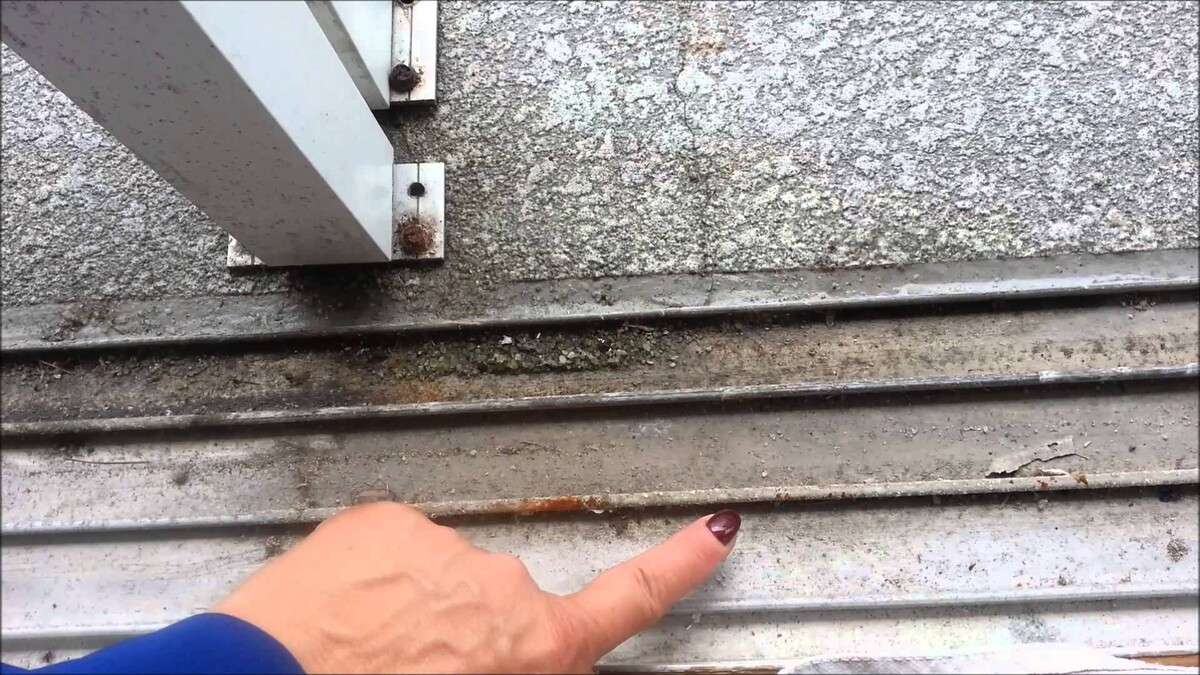
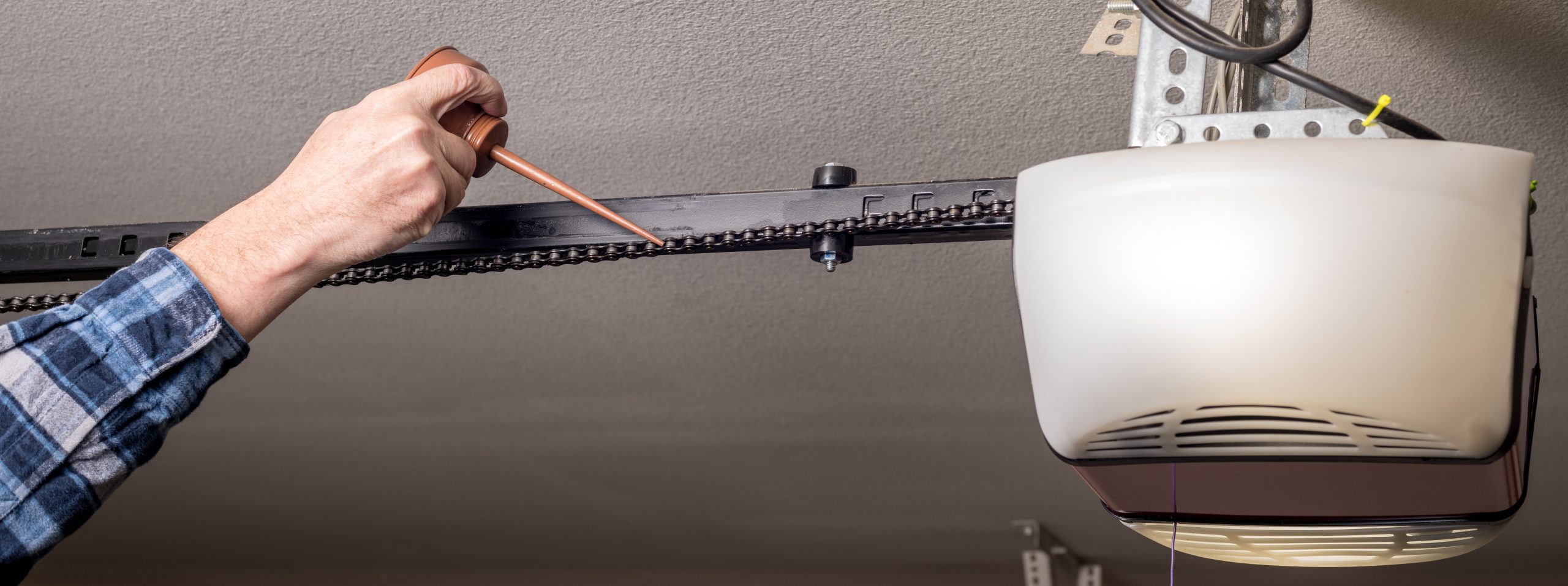
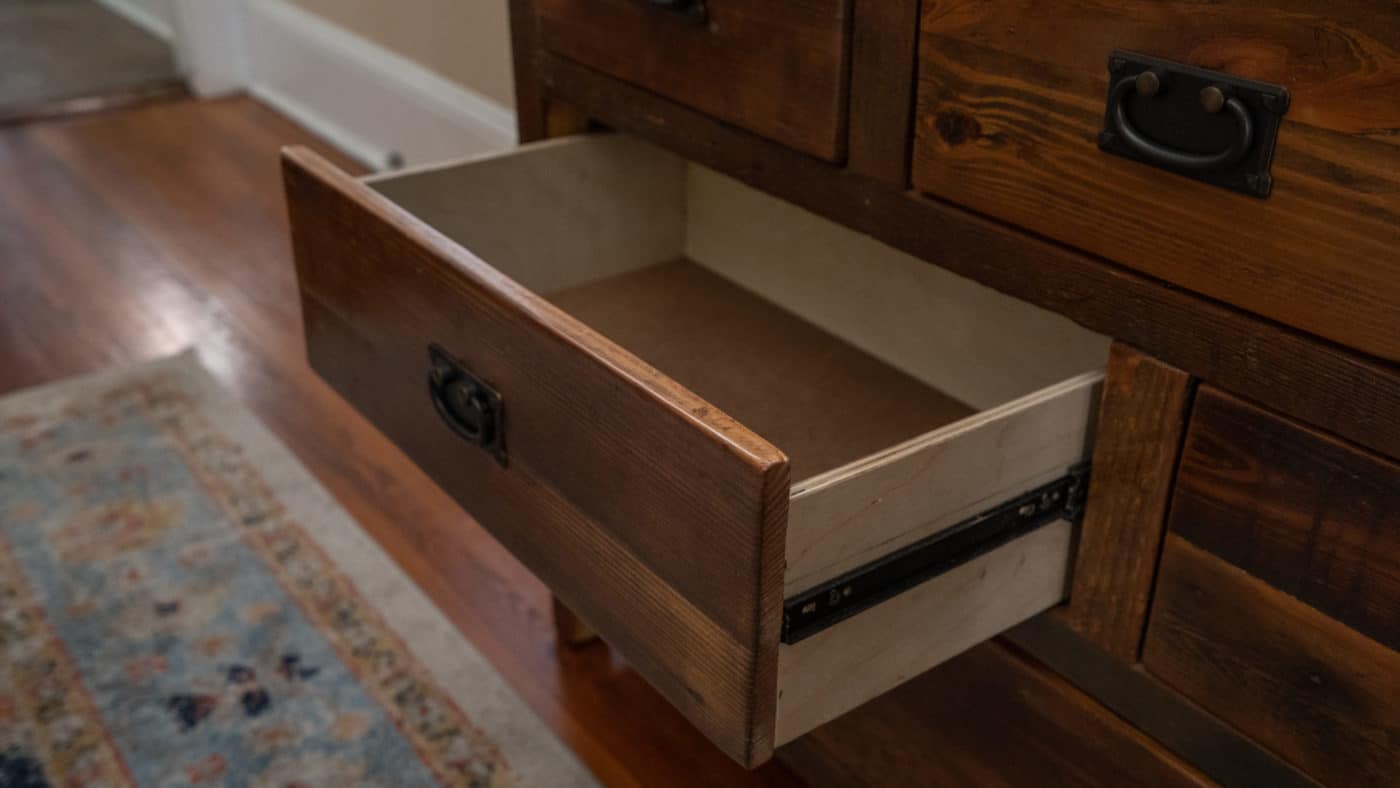


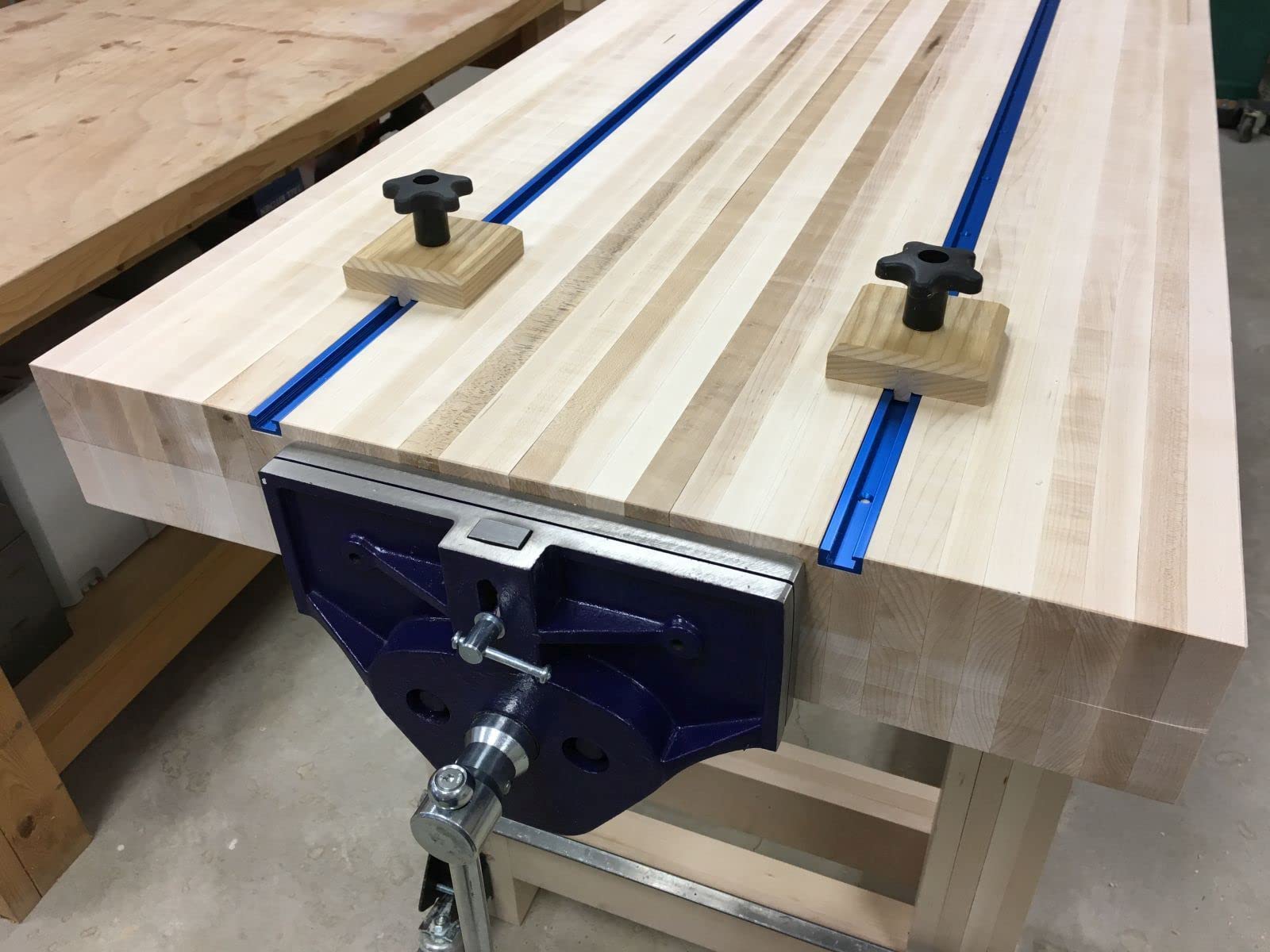
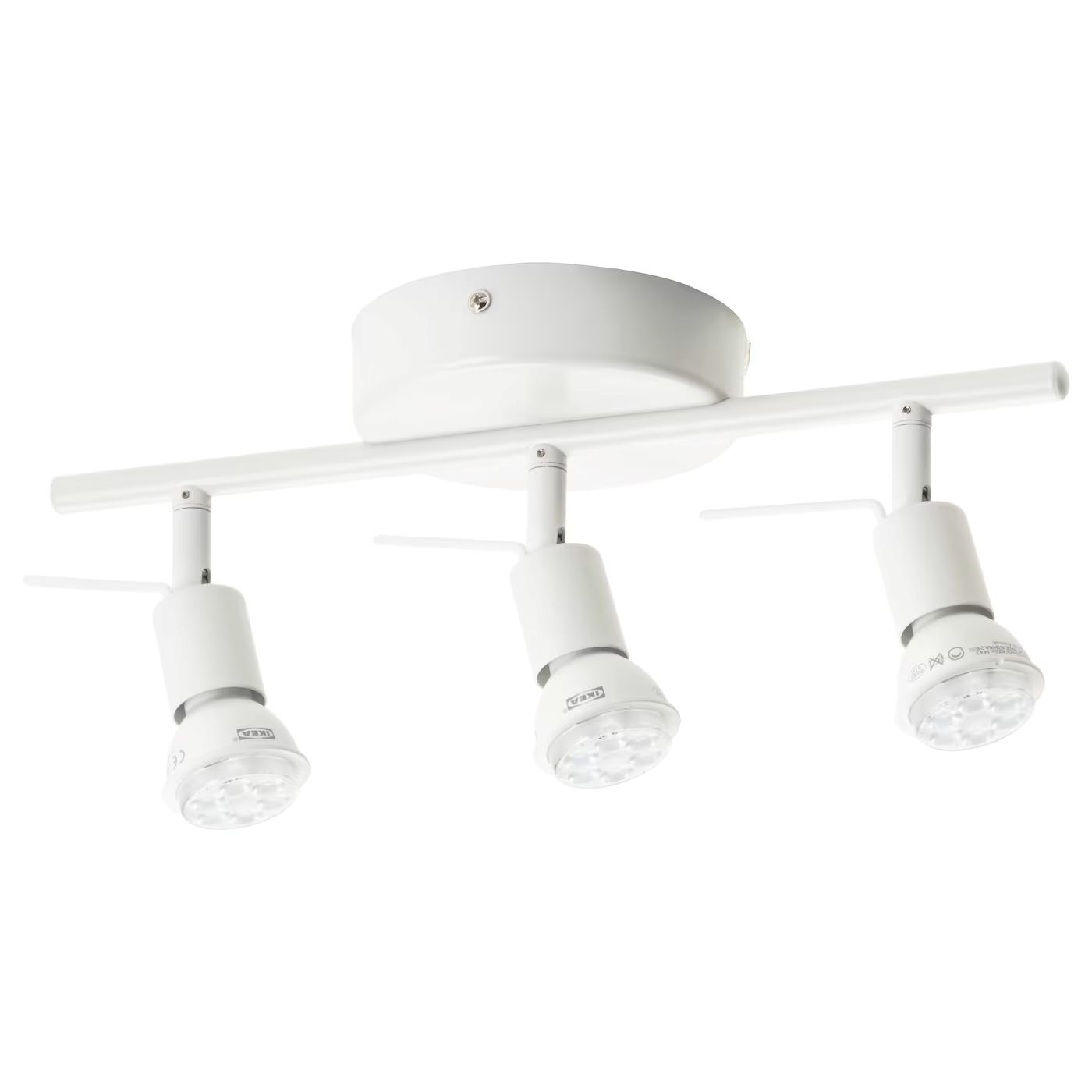

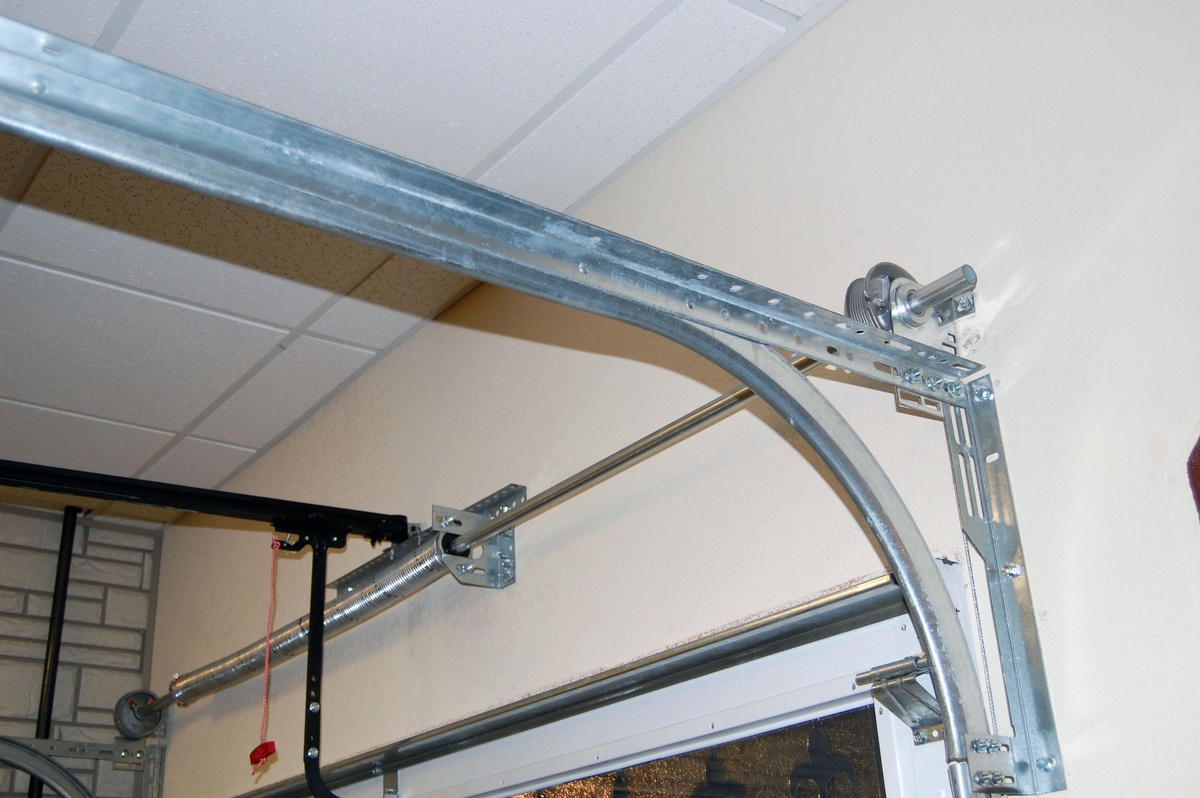



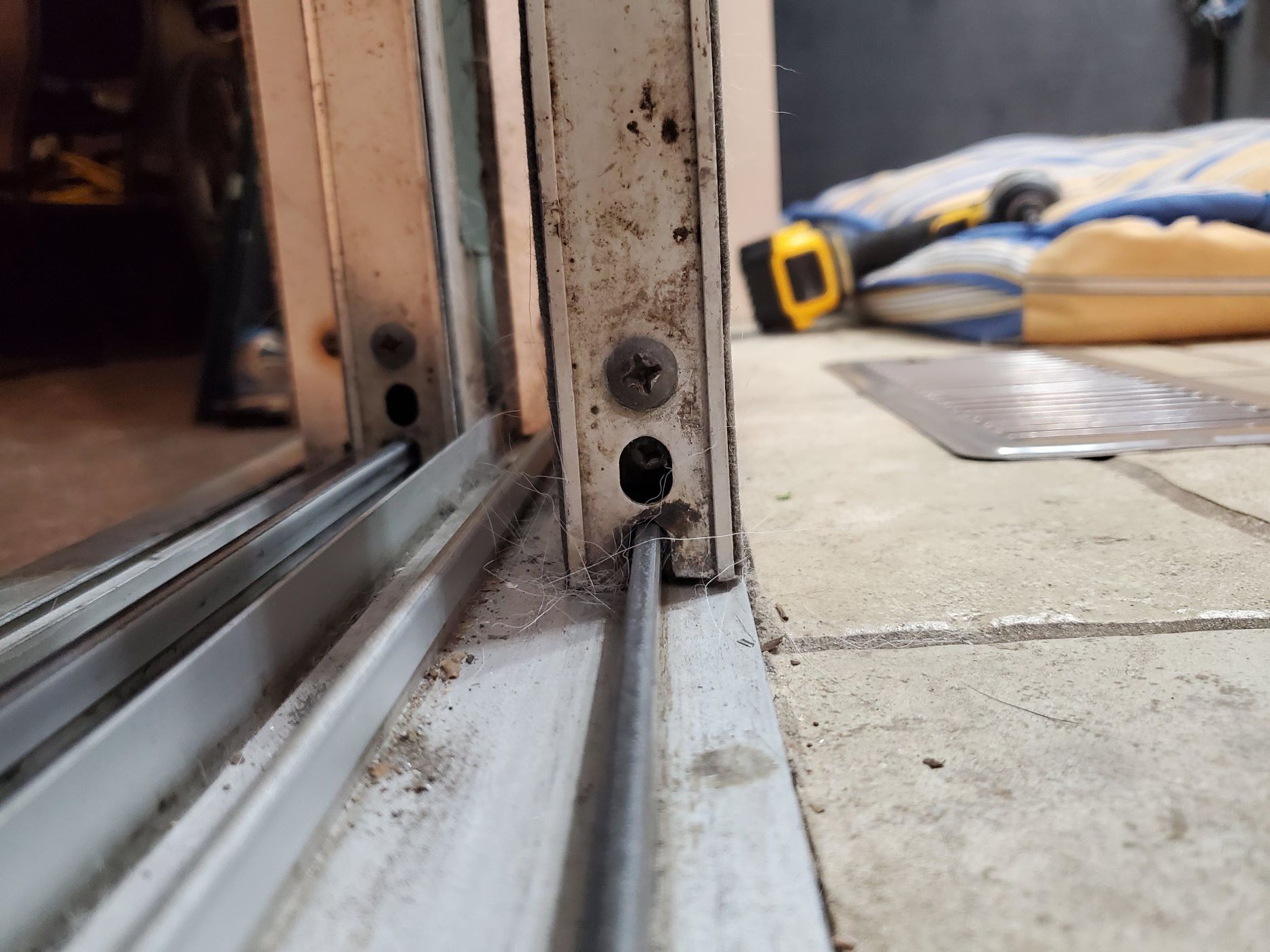
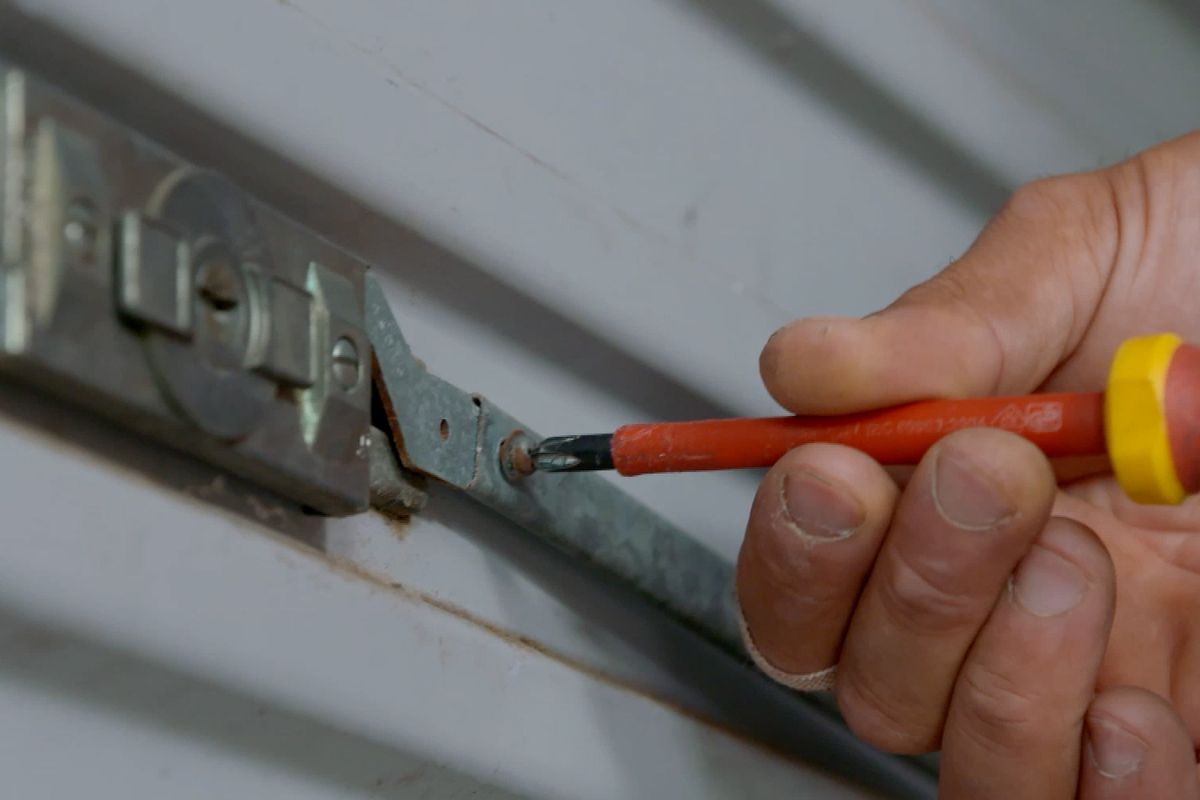

0 thoughts on “How To Track Tools In Construction”